This article was originally posted on Codica Blog.
Pricing models have a huge impact on product revenue, especially when it comes to SaaS products. At the same time, monetization strategies remain a tough question for many software-as-a-service companies.
To help you choose the right SaaS pricing model for your product, we have created a thorough guide that covers the most popular strategies, their pros and cons, and how to adopt them.
Let’s cut to the chase.
SaaS pricing model explained
Simply put, the SaaS price model defines a method used by a company to set the best price for the cloud product. The main goal here is to balance the value of the product and revenue to set up a steady and beneficial SaaS business.
What are the factors to consider when choosing the most suitable pricing model for your SaaS product? You need to take into account the following information:
- Internal: brand positioning, revenue goals, target audience;
- External: customer demand, market trends, and prices.
What makes a suitable pricing strategy so important? Why should the pricing model not be set once and for all? Let’s find out.
- Reasonable pricing is what will help you stand out from the competitors offering similar products.
- Determining the price that your SaaS users are ready to pay allows you to offer the true value of your product.
- The optimal pricing model for SaaS lowers customer acquisition cost due to better positioning and raises customer lifetime value (CLV) thanks to improved retention.
Setting the optimal price for your SaaS product depends hugely on the development costs. To clarify this matter, check our recent article on how to calculate the cost of building a SaaS app in 2021.
The best SaaS pricing models as of 2021
We have prepared a list of the most popular pricing strategies, so you could find one the most suitable for you.
Per-User Pricing
Within this model, you charge prices based on the number of customers using your product. Usually, this pricing model is combined with a feature-based revenue strategy. This model is often used by collaborative tools, such as project management platforms or CRMs.
Pros
- Simple for your users;
- Facilitates the calculation and forecasts for the revenue;
Each new user is helping to increase your revenue.
Cons
- Can limit your growth potential;
- Doesn’t reflect the real value of a SaaS product;
May not be the option for large companies and enterprises with lots of users.
A great example of the per-user pricing adoption is Asana, a popular project management platform:
Tiered Pricing
This model implies providing multiple packages that differ in functionality. It’s widely used among companies that offer products with various use cases.
Pros
- May appeal to different buyer personas;
- Offers the choice for customers;
- Maximizes the revenue from each customer type.
Cons
- Users may be overwhelmed by choice;
- Your product cannot fulfill everyone’s needs.
Below you can see the example of Hubspot, marketing, sales, and customer service platform:
Per-Storage Pricing
Per-storage pricing implies that you charge your customers depending on the amount of storage they use. World-known cloud storage providers Google and Dropbox use this model, also offering limited free space.
Pros
- Users think of this model as the most transparent one;
- Offers flexibility to adjust to customers’ needs.
Cons
- Makes it hard to predict the revenue.
- Users may find upgrading their packages unnecessary.
See the example of per-storage pricing from Dropbox:
Feature-Based Pricing
Here, your prices are determined by the specific functionality you offer to customers.
Pros
- Provides a clear motivation for your SaaS users to upgrade their packages to get extra features;
- Allows charging premium prices for the most resource-consuming features;
- Is cost-effective for your customers.
Cons
- Sometimes makes it challenging for SaaS providers to predict the functionality that the users will need the most;
- Some customers may be disappointed because they pay for your product but still do not have access to all the features.
For example, QuickBooks, offering an accounting SaaS product, provides users with the following plans:
Pay As You Go
Within this pricing model, the prices are determined by the usage of your SaaS product. It’s often used by companies that provide infrastructure cloud products.
Pros
- Offers a low entry barrier for consumers allowing you to gradually increase prices for those customers who use it most often; Makes your revenue grow with the increased product usage.
Cons
- Can be considered as too expensive for advanced users; Complicates the revenue anticipation;
- Makes it harder for users to calculate the cost of using your product.
Below you can see a great example of this pricing strategy adopted by CDN provider BunnyCDN:
Freemium
This model implies that your SaaS product offers some free features and the rest of the functionality comes in paid packages.
Pros
- Offers easy adoption for customers;
- Allows for testing your features in the free version for further improvement.
Cons
- Less than 10% of free users upgrade their plans;
- The retention rate here is low;
- Can lead to a high loss ratio if the amount of paid users is insufficient.
For example, Mailchimp provides the following packages:
Flat pricing/subscription
This model implies that you provide only one product with certain functionality for a single price.
Pros
- Simple to understand for your users;
- Makes it easier to run marketing and promotion;
- Fits recently founded SaaS startups.
Cons
- Charging all your customers the same price, you cannot maximize your revenue for the account of enterprises;
- Discourages upselling opportunities.
Below, you can see the classic example of flat pricing provided by Basecamp:
Did you know that Basecamp is fueled by Ruby on Rails? You can read more about why RoR is a great framework for SaaS product development in our blog article.
Free (Ads Supported)
Here, you provide customers with free functionality and get revenue from ads that can be removed within the premium plan. It makes sense if your product is consumer-centric and has many free users.
Pros
- Works well for companies that want to get revenue from free users;
- Fits those SaaS providers that would like to set a freemium model but without cutting the available functionality.
Cons
- If used extensively, it can ruin the user experience;
- Requires specialists responsible for advertising.
Within this SaaS pricing model by Spotify, users can remove ads with the premium account:
Bonus. Top 7 strategies for psychological pricing
Psychological pricing is a marketing strategy based on the theory that certain prices have an emotional impact. In addition to the options we’ve discussed above, you can experiment with your SaaS pricing to use your revenue model to the fullest.
Below you can find several SaaS strategies for psychological pricing we’ve carefully picked for you:
- Charm pricing;
- Odd-even pricing;
- Product bundle pricing;
- High-low pricing;
- Trial pricing;
- Center stage pricing;
- Decoy pricing.
You can find an explanation of these models in this section of our full article.
How to pick your SaaS pricing strategy
As you can see, there are plenty of SaaS pricing models to pick from. Your task is to define which option is the right solution for your business.
The steps below will help you make the right choice.
Step 1. Conduct market research. Test the soundness of your idea to get useful insights into your target audience. When you know your target audience, it’s easy to shape your solution.
Step 2. Set the value. Users appreciate the possibility to solve their problems with any SaaS product but not the certain features, as you may think. Thus, the true value for the customers is defined by the pain points addressed by your product.
Step 3. Define your market position. Check the most successful industry players, their advantages, drawbacks, and pricing strategies they use. Find your distinctive characteristics that make your product stand out.
Step 4. Use the right metrics. SaaS pricing models are often defined by the services offered. For example, if you deliver cloud storage, it’s best to charge per storage.
Step 5. Fix the subscription options. You need to define what options you will offer to your users and decide on the subscription plans and upgrade options.
Step 6. Calculate the lifetime value (LTV) of a customer. LTV characteristic shows whether you chose the right pricing strategy, as it defines the revenue you get from an average user over the time they use your product.
To calculate this figure, use the following formula where ARPU is an average monthly revenue per user:
Step 7. Set the purpose of free trials. Free trials are a great way of attracting customers but they must show the real value of your product, in order for your customers to pay for it.
Final words
We’ve discussed the most relevant SaaS pricing strategies for 2021 and how to choose the right one for your SaaS business. Mind that these models can easily be combined for adapting to your needs. Besides, you need to consider the changes in the market for your SaaS product to stay relevant.

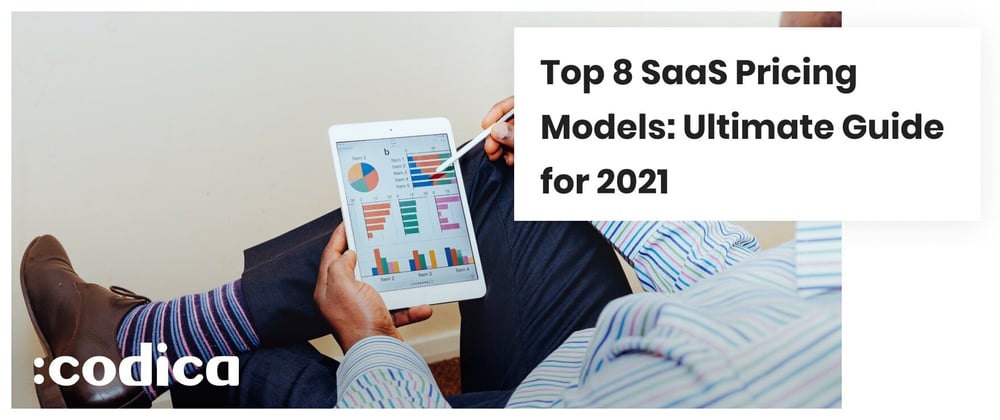
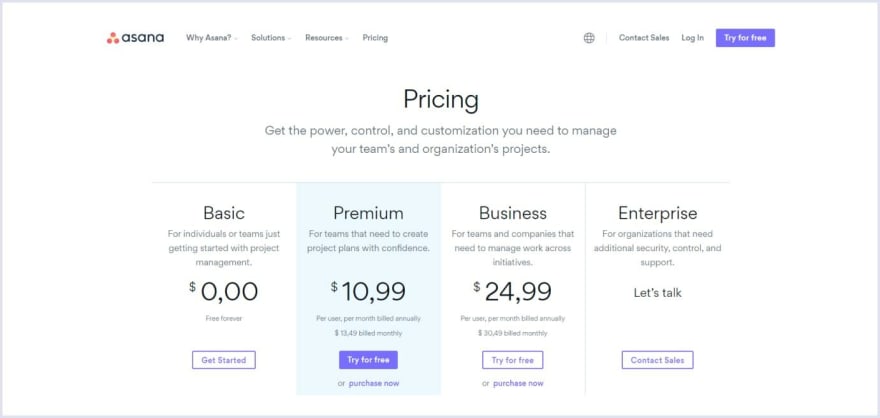
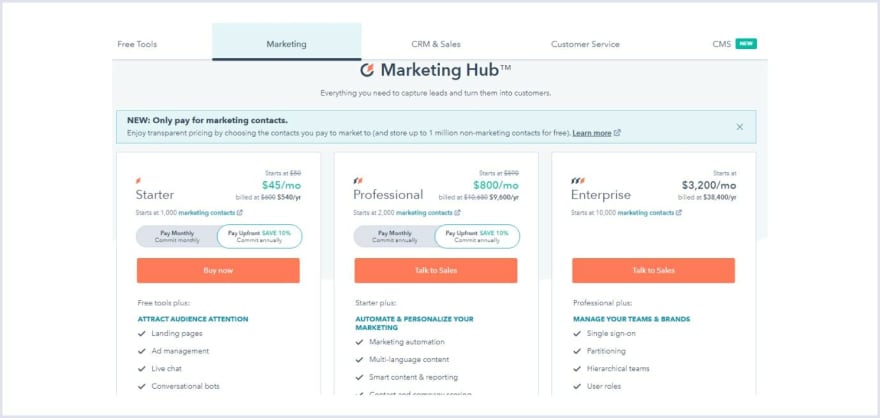





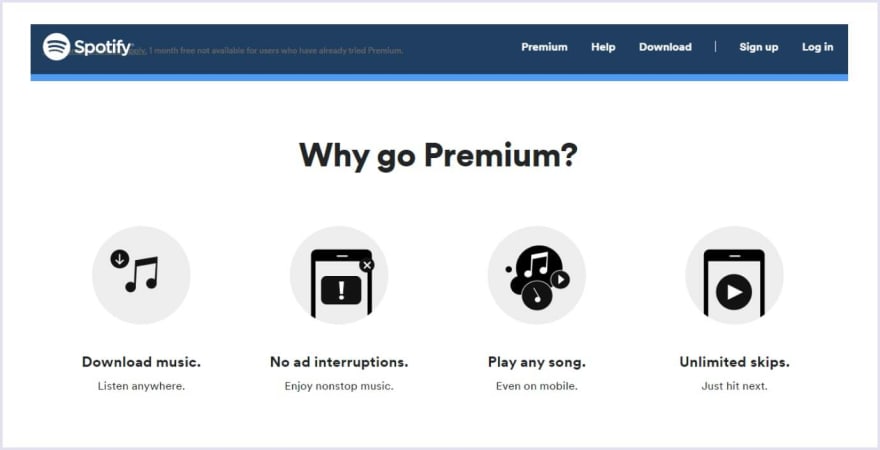



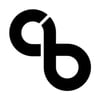
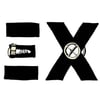

Oldest comments (0)